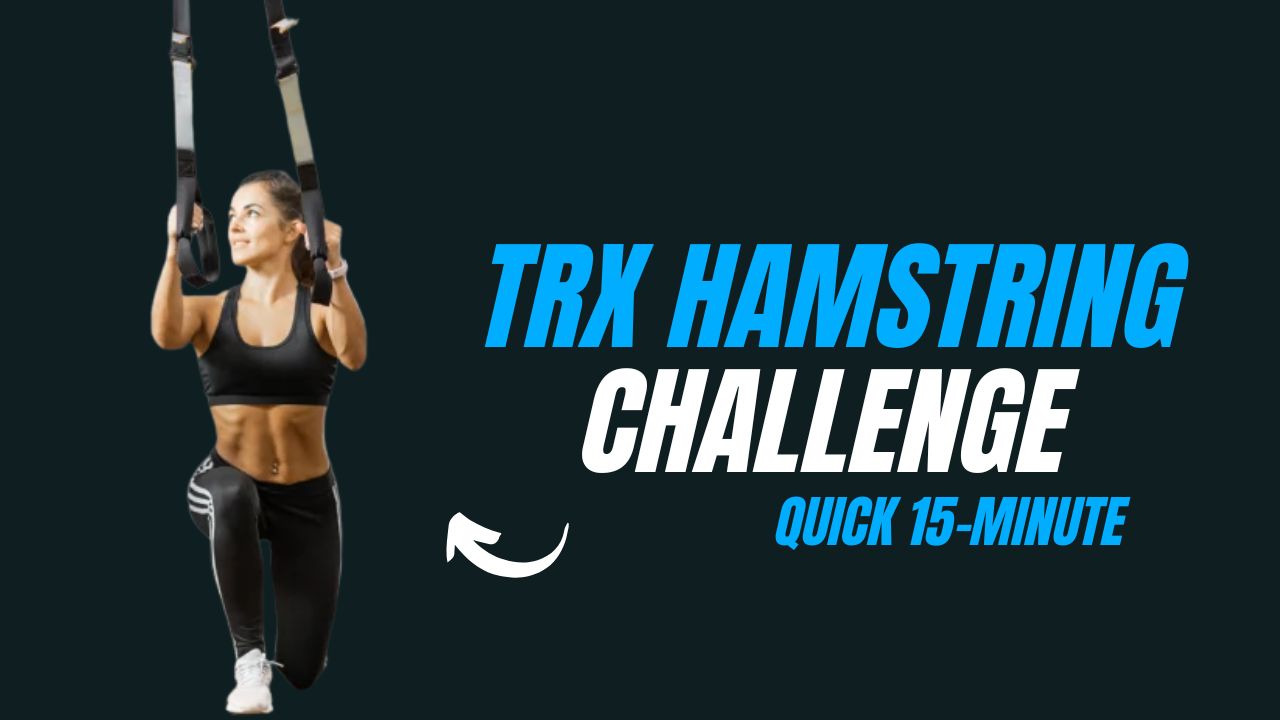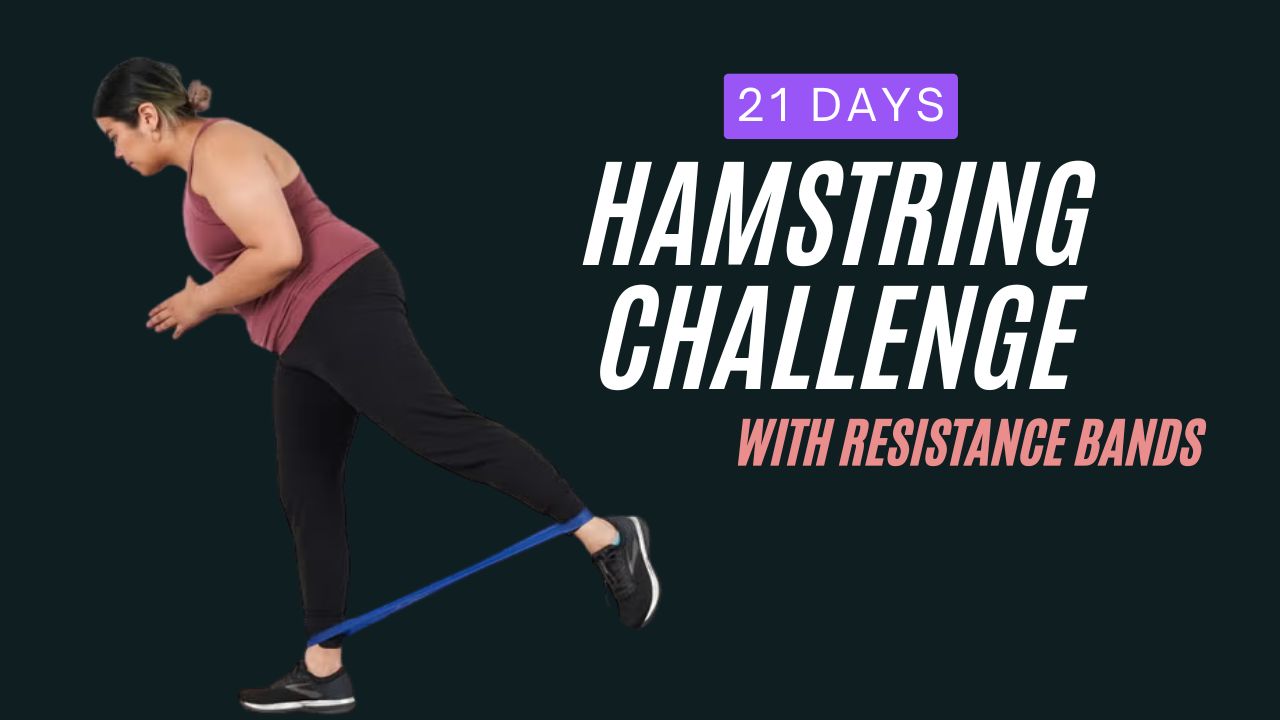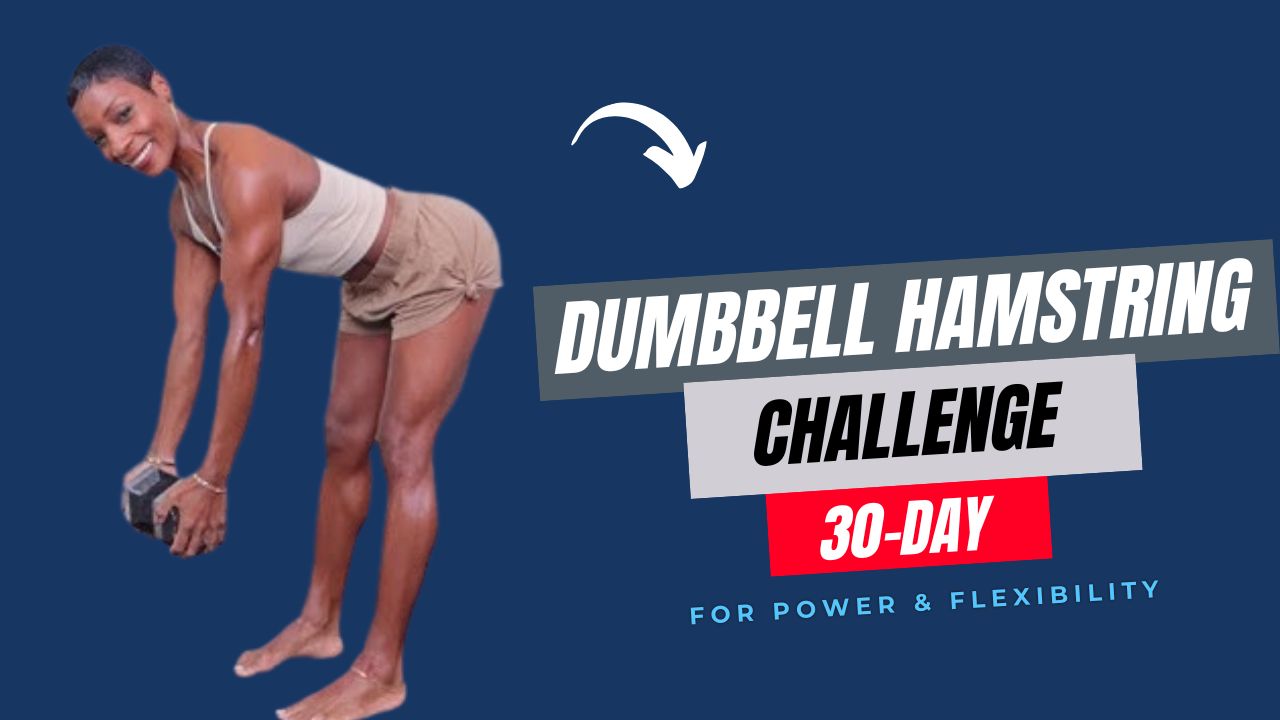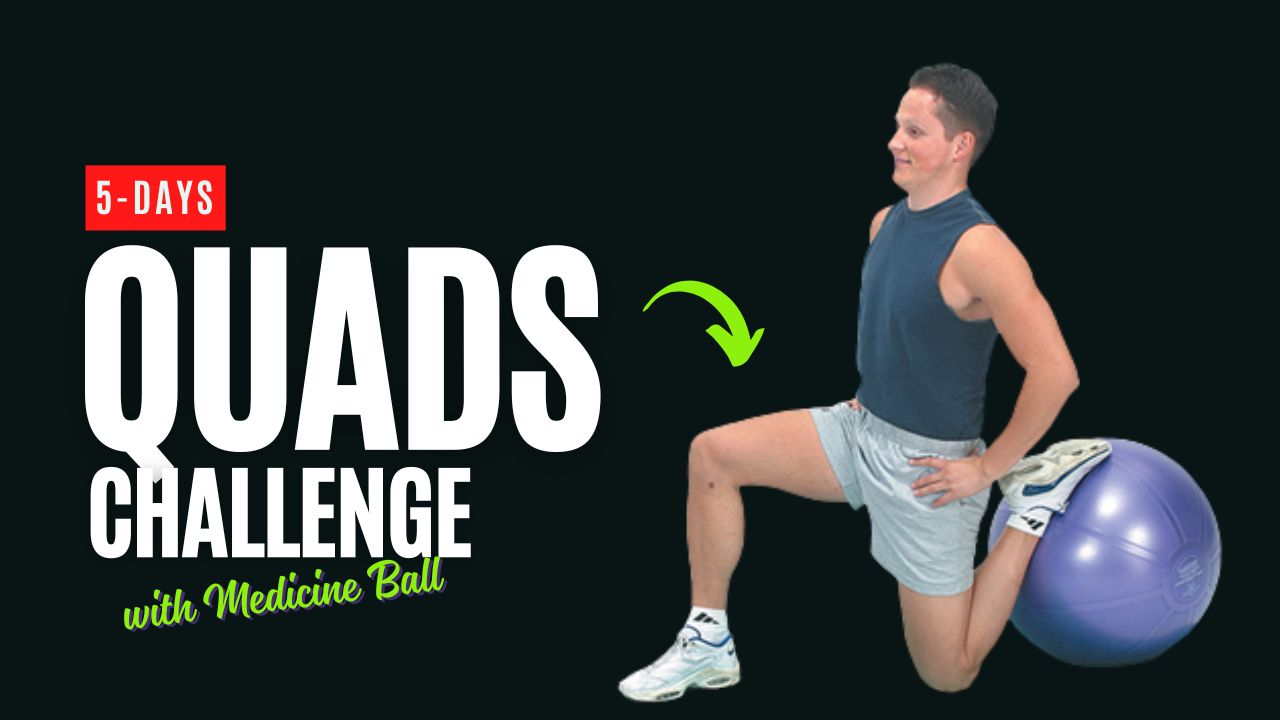Do you know that sitting for more than 6 hours a day can stiffen your spine and weaken your core muscles—both major contributors to chronic back pain?
Swiss Ball (also known as stability ball) exercises can be a game-changer for people suffering from nagging back issues.
These gentle yet powerful movements not only stretch and mobilize the spine but also activate deep core muscles that support posture and alignment.
If your back constantly aches after long workdays or poor sleep positions, adding these 10 Swiss ball exercises into your weekly routine could be the relief your spine has been begging for.
And the best part? You can do them at home, in your pajamas—no expensive gym memberships required.
Let’s dive into the moves and learn how to use this underrated tool to fight back pain, the smart way.
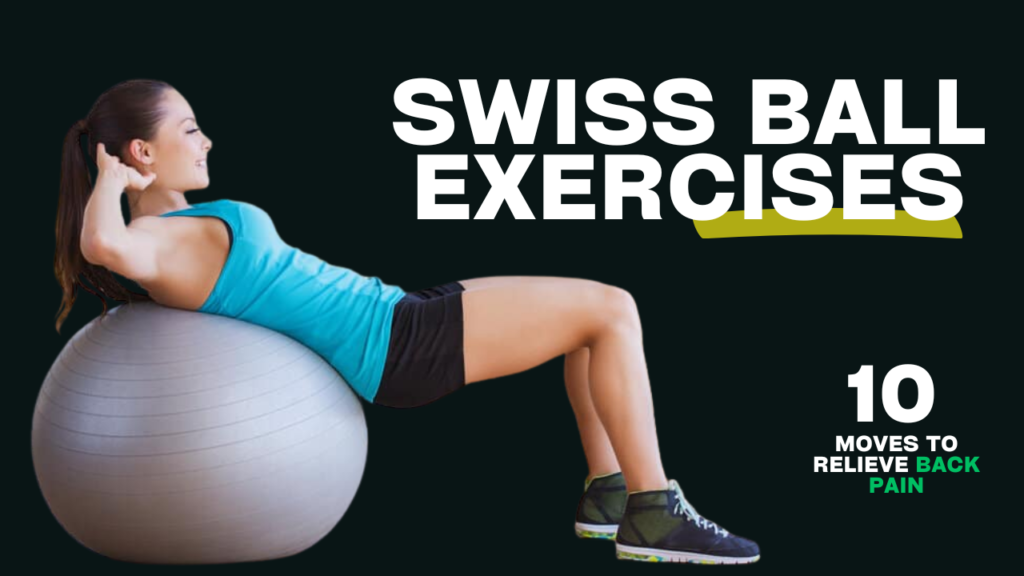
Table of Contents
What Can Happen After 30 Days of Swiss Ball Back Pain Exercises
| Positive Changes You May Notice | Why It Happens |
|---|---|
| Reduced lower back stiffness in the morning | Improved spinal mobility and posture from regular movement |
| Stronger core and pelvic stabilizer muscles | Repeated engagement of deep core muscles like the transverse abdominis |
| Better posture while sitting or standing | Strengthening of postural muscles that support the spine |
| Decreased frequency or intensity of back pain episodes | Strengthened support muscles and increased spinal stability |
| Improved balance and coordination | Constant micro-adjustments while exercising on the unstable surface of the ball |
| Increased flexibility in hips and spine | Regular stretching and range-of-motion movements with the ball |
| Enhanced body awareness and alignment | More mindful engagement of posture and spinal movement |
| Boost in confidence and energy | Less pain often leads to more activity and better overall mood |
| Lower risk of future back injuries | A stronger, more stable core reduces chances of strain from daily movements |
| Motivation to continue consistent exercise habits | Visible results encourage long-term commitment to a healthy routine |
Do’s and Don’ts When Using a Swiss Ball for Back Pain
| Do’s | Don’ts |
|---|---|
| Warm up your body before starting the exercises | Jump into advanced moves without preparation |
| Choose the correct ball size for your height | Use an overinflated or too-soft ball |
| Maintain slow, controlled movements | Rush through the reps or bounce aggressively |
| Focus on engaging your core and breathing steadily | Hold your breath or strain your neck and lower back |
| Start with simple exercises like pelvic tilts or seated marches | Begin with intense exercises like knee tucks if you’re a beginner |
| Use a mat or non-slip surface under the ball | Exercise on slippery or unstable floors |
| Keep your spine aligned and listen to your body | Push through pain or discomfort |
| Consult a physiotherapist if you have chronic or injury-related back pain | Self-diagnose or treat serious conditions without professional guidance |
| Perform the exercises 3–4 times a week for consistency | Expect instant results after just one or two sessions |
| Cool down and stretch after completing your session | Skip the cool-down, especially if your back feels tight |
10 Best Swiss Ball Exercises For Back Pain
1. Swiss Ball Pelvic Tilts
Targets: Lower back, hips, and abdominal muscles
How to Do It:
- Sit on the ball with your feet flat and hip-width apart.
- Slowly tilt your pelvis forward, arching your lower back slightly.
- Then tilt it backward, tucking your tailbone under.
- Repeat this rocking motion for 12–15 reps.
Why it helps: It gently mobilizes the lumbar spine and eases stiffness, especially from prolonged sitting.
2. Bridge on Swiss Ball
Targets: Glutes, hamstrings, lower back
How to Do It:
- Lie on your back and place your calves on top of the ball.
- Keep arms flat by your side.
- Press through your heels, lifting your hips until your body forms a straight line.
- Hold for 3 seconds, then slowly lower.
Why it helps: Strengthens the posterior chain and supports the spine’s natural curvature.
3. Swiss Ball Back Extensions
Targets: Lower and mid-back
How to Do It:
- Lie face down on the ball, with your feet against a wall for support.
- Place your hands behind your head or crossed over your chest.
- Lift your chest upward, extending your spine.
- Slowly return to start.
✅ Why it helps: Builds spinal extension strength, which combats the slouch caused by screen time.
Myth Buster: People often think avoiding movement helps back pain—but lack of mobility actually worsens it. Controlled motion like this strengthens the muscles that reduce pain.
4. Wall Squats with Swiss Ball
Targets: Lower back, glutes, quads
How to Do It:
- Place the ball between your lower back and a wall.
- Feet should be shoulder-width apart and slightly in front of you.
- Squat down slowly, keeping your knees behind your toes.
- Push back up to standing.
Why it helps: The ball supports the spine while encouraging proper posture during movement.
5. Child’s Pose Stretch on the Ball
Targets: Spine, lats, shoulders
How to Do It:
- Kneel on the floor and place your hands on the ball.
- Roll the ball forward, letting your chest sink down and hips move backward.
- Hold for 20–30 seconds.
Why it helps: Stretches and decompresses the spine, relieving tension from sitting and standing.
6. Swiss Ball Cat-Cow Rolls
Targets: Spine mobility, core
How to Do It:
- Kneel and place your hands on the ball.
- As you inhale, arch your back and look up (cow).
- As you exhale, round your spine and tuck your chin (cat).
- Roll the ball slightly as you move.
Why it helps: Encourages spinal fluid movement and reduces stiffness from bad posture.
7. Swiss Ball Seated Marching
Targets: Core stabilizers, pelvic floor, spine
How to Do It:
- Sit tall on the ball with both feet flat.
- Slowly lift one foot off the ground and hold for 2–3 seconds.
- Lower and switch sides.
Why it helps: Trains spinal alignment and pelvic stability, crucial for reducing chronic pain.
Fact: Weak pelvic stabilizers are often the hidden culprit in lower back pain.
8. Knee Tucks with Swiss Ball
Targets: Lower abs, hip flexors, back
How to Do It:
- Start in a plank position with your shins on the ball.
- Pull your knees toward your chest, rolling the ball forward.
- Slowly extend back to plank.
Why it helps: Strengthens deep abdominal muscles that protect the spine.
Tip: Keep your hips level—don’t let your back sag.
9. Swiss Ball Side Stretch
Targets: Obliques, spine, lats
How to Do It:
- Sit on the floor beside the ball.
- Lean your side over it and extend your arm overhead.
- Hold the stretch for 30 seconds.
- Switch sides.
Why it helps: Loosens up tight side body muscles that pull the spine out of alignment.
10. Supine Spinal Twist Over Ball
Targets: Spine, glutes, hips
How to Do It:
- Lie on your back with your legs up and bent over the ball.
- Slowly drop both knees to one side.
- Hold, then switch.
Why it helps: Improves spinal rotation and relieves lower back tightness.
Did You Know? Gentle spinal twists can enhance digestion and release trapped tension from the nervous system.
Final Thoughts
Back pain doesn’t have to be your “new normal.” A Swiss ball can become a powerful ally in restoring mobility, reducing tension, and building core strength that shields your spine from future strain.
Incorporate 3–4 of these exercises 3 times a week, and notice how your body responds. Consistency is key. Your back deserves better—and you can give it the support it needs with just one ball and a few minutes of your time.
Frequently Asked Questions (FAQs)
Can Swiss ball exercises really help with back pain?
Yes, Swiss ball exercises are effective for relieving back pain. They strengthen the core, improve posture, and enhance spinal stability—key components in preventing and reducing back discomfort.
How often should I do these exercises for noticeable relief?
For best results, aim to perform these exercises 3 to 4 times per week, spending 15–20 minutes per session. Consistency matters more than intensity.
Are Swiss ball exercises safe for beginners?
Absolutely. These moves are low-impact and modifiable, making them suitable for beginners. Start with basic stability exercises like pelvic tilts and seated marching before progressing to more dynamic ones.
Can I do these exercises if I have a herniated disc or sciatica?
It’s best to consult with your doctor or physical therapist first. While some exercises may help, others may aggravate the condition if done incorrectly.
Should I feel sore after doing these exercises?
Mild soreness is normal, especially if you’re engaging underused muscles. However, sharp or lingering pain is not. Always listen to your body and scale back if needed.
Can I replace my office chair with a Swiss ball for better back health?
Using a Swiss ball as a chair occasionally can engage your core and promote active sitting. However, it’s not a full replacement for a good ergonomic chair, especially during long work hours.
How soon can I expect relief from back pain using these exercises?
Many people notice improvements in 1–2 weeks with regular practice, especially in mobility and posture. Long-term relief depends on consistency and addressing other factors like ergonomics and lifestyle.





